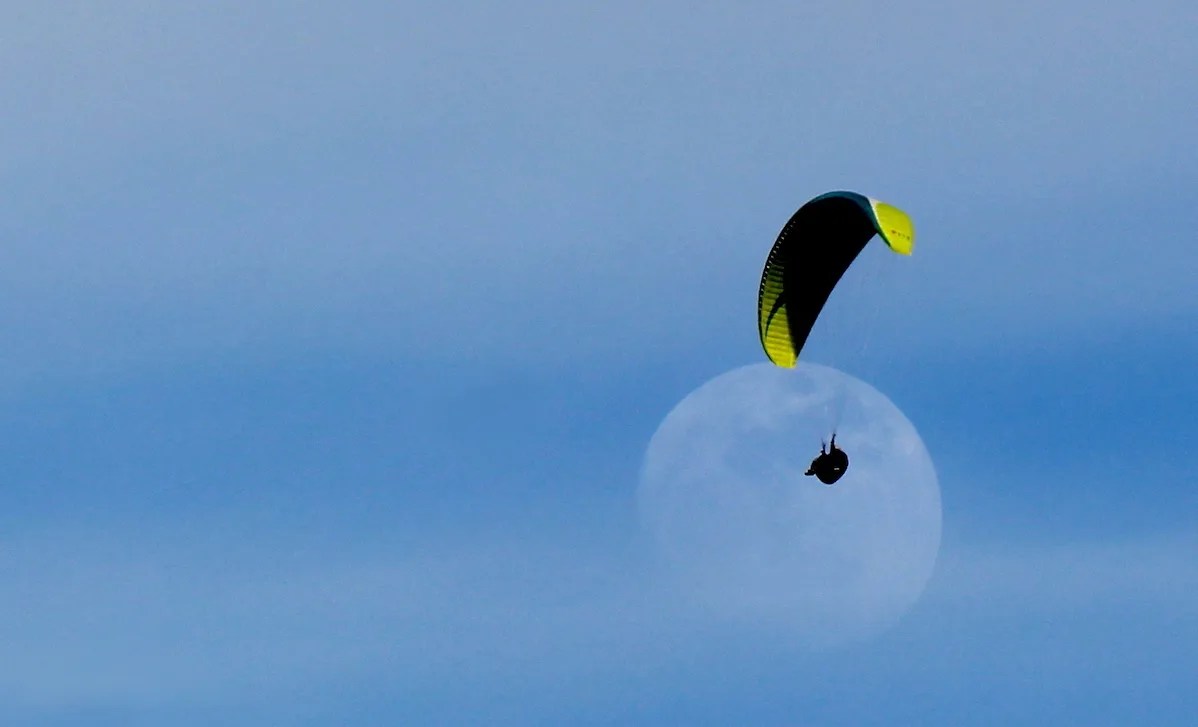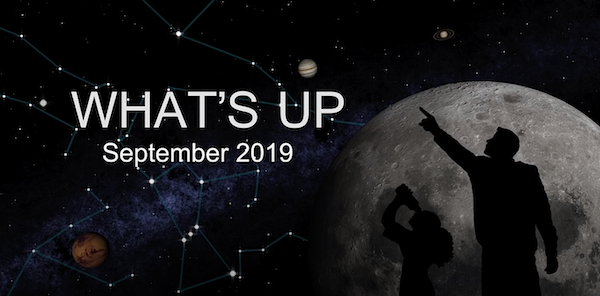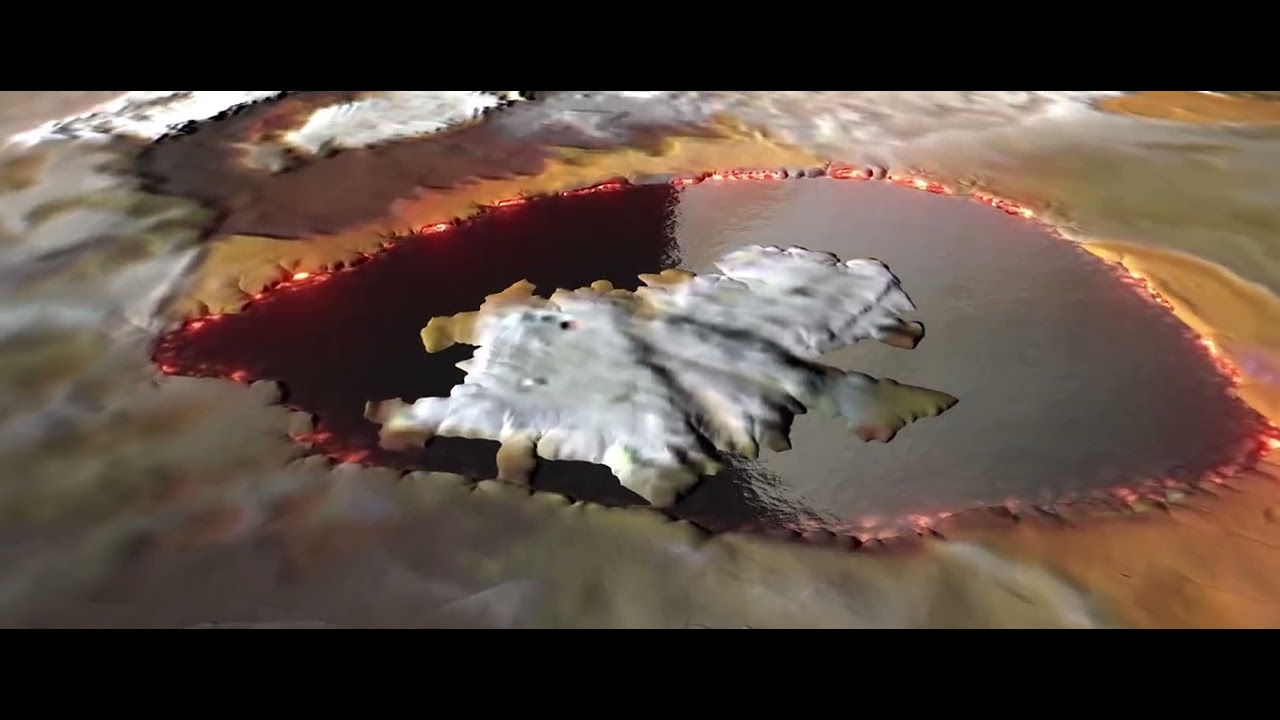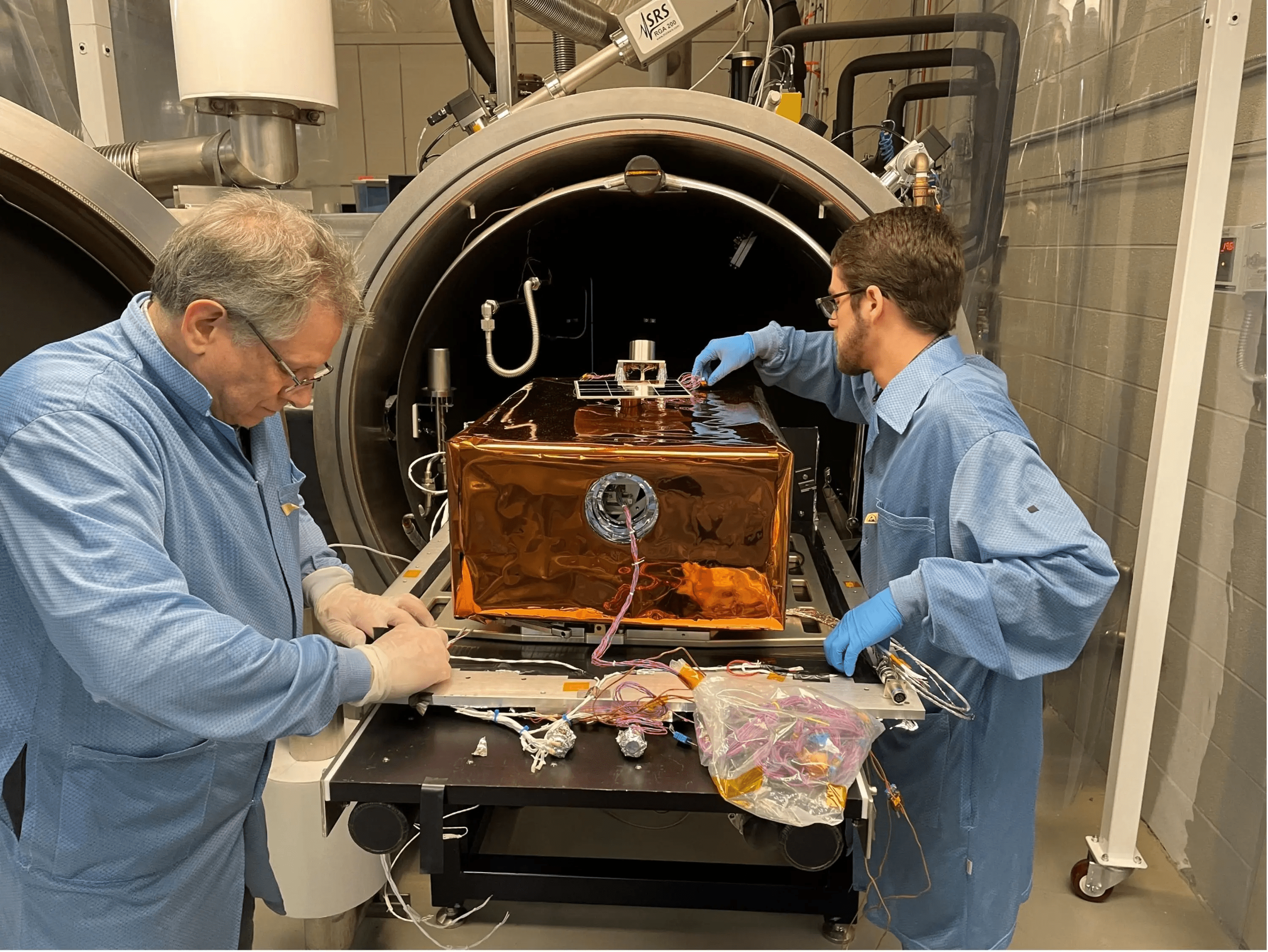14 min read

The next full Moon will be early Saturday morning, Sept. 14, 2019. The Moon will appear full for about three days centered around this time, from Thursday night through Sunday morning.
The Next Full Moon is the Harvest Moon, the Fruit Moon, the Barley Moon, the Corn Moon, the Mid-Autumn Festival Moon, the Chuseok Moon, the Modhu Purnima and the Binara Pura Pasalosvaka Poya.
The Moon will be full early Saturday morning, Sept. 14, 2019, appearing "opposite" the Sun (in Earth-based longitude) at 12:33 AM EDT. The Moon will appear full for about three days centered around this time, from Thursday night through Sunday morning.
As the full Moon closest to the autumnal equinox (the end of summer and start of fall), this is the Harvest Moon. During the harvest season farmers sometimes need to work late into the night by the light of the Moon. Usually the full Moon rises an average of 50 minutes later each night, but for the few nights around the Harvest Moon, the Moon seems to rise at nearly the same time: just 25 to 30 minutes later across the northern U.S., and only 10 to 20 minutes later for much of Canada and Europe. The Harvest Moon is an old European name for this full Moon; the Oxford English Dictionary cites the year 1706 for the first published use of the name. Since the Harvest Moon is not always in September, other European names for the full Moon in September are the Fruit Moon, as a number of fruits ripen as the end of Summer approaches, or the Barley Moon, from the harvesting and threshing of the barley.
In the 1930's the Maine Farmer's Almanac first published full Moon names based on names used by the Algonquin tribes of what is now the northern and eastern United States. According to this almanac the full Moon in September or the last full Moon of summer is the Corn Moon, as this was the time for gathering their main staple crops of corn, pumpkins, squash, beans, and wild rice.
In China, Vietnam, and some other Asian countries, this full Moon corresponds with the Mid-Autumn Festival, a traditional harvest festival. In China, other names for this festival include the Moon Festival, the Mooncake Festival, and the Reunion Festival (traditionally women in China would visit their parents, then return to celebrate with their husbands and their parents). Part of the festival includes offerings to the Moon Goddess Chang'e (the name the China National Space Agency gives their lunar missions). In Korea, this full Moon corresponds with the harvest festival Chuseok, during which Koreans leave the cities to return to their traditional hometowns and pay respects to the spirits of their ancestors.
For some Buddhists in Bangladesh and Thailand, this full Moon is Modhu Purnima, the Honey Full Moon Festival, or the Honey-offering Festival, tied to a legend that an elephant and a monkey fed the Buddha when he was in the forest to bring peace between two factions, with the elephant offering fruit and the monkey offering a honeycomb. In Sri Lanka, this full Moon is the Binara Pura Pasalosvaka Poya Day, commemorating the establishment of the Buddhist Bikkhuni Order.
Newer names for this full Moon are the GRAIL Moon and the LADEE Moon. On September 10, 2011, the twin Gravity Recovery and Interior Laboratory (GRAIL) spacecraft started its voyage towards the Moon on a Delta II launch vehicle. On September 6, 2013, the Lunar Atmosphere and Dust Environment Explorer (LADEE) spacecraft started its journey to the Moon on a Minotaur V launch vehicle.
In lunisolar calendars the months change with the new Moon and full Moons fall in the middle of the lunar month. This full Moon is the middle of Elul in the Hebrew calendar. Elul is a time of preparation for the High Holy Days of Rosh Hashanah and Yom Kippur. Customs include granting and asking others for forgiveness as well as beginning or ending all letters with the wish that the recipient will have a good year.
In the Islamic calendar the months start with the first sighting of the waxing crescent Moon a few days after the New Moon. This full Moon is near the middle of Muharram, the first month of the Islamic year.
As usual, the wearing of suitably celebratory celestial attire is encouraged in honor of the full Moon. And you might want to gather your fruits, vegetables, and other staples; keep in touch with your family; remember your ancestors; ask for forgiveness; and let go of those old grudges. Here's wishing you have a good year!
As for other celestial events between now and the full Moon after next:
As summer ends and autumn begins, the daily periods of sunlight continue to shorten. For Washington, DC, the daylight period of the day of the full Moon, Thursday, September 14, 2019, will last 12 hours, 30 minutes, 8 seconds. Morning twilight will begin at 5:50 AM EDT, sunrise will be at 6:48 AM, the Sun will reach a maximum altitude of 54.4 degrees at 1:03 PM, sunset will be at 7:18 PM, and evening twilight will end at 8:16 PM. On the day of the full Moon after next, Thursday, October 13, 2019, the period of daylight will be 72.5 minutes shorter, lasting 11 hours, 17 minutes, 40 seconds. Morning twilight will begin at 6:18 AM, sunrise will be at 7:15 AM, the Sun will reach a maximum altitude of 43.4 degrees at 12:54 PM, sunset will be at 6:33 PM, and evening twilight will end at 7:30 PM.
On the evening of the full Moon on September 14, 2019, as evening twilight ends, the brightest planet in the sky will be Jupiter, appearing in the south-southwest at about 24 degrees above the horizon. The bright planet Saturn will appear in the south at about 29 degrees above the horizon. The Summer Triangle will appear high in the east with the bright star Vega directly overhead, 89 degrees above the western horizon. The "Summer Triangle" is made up of Vega, the brightest star in the constellation Lyra the Harp; Deneb, the brightest star in the constellation Cygnus the Swan; and Altair, the brightest star in the constellation Aquila the Eagle. Over the following evenings these planets and the background of stars will all appear to shift towards the west. By the evening of the full Moon after next, Jupiter will appear in the southwest at about 19 degrees above the horizon, Saturn will appear in the south-southwest at about 28 degrees above the horizon, and the role of the brightest star nearly overhead will be split between Deneb and Vega, with Deneb to the northeast at 78 degrees above the horizon and Vega to the west at 76 degrees above the horizon. The planets Venus and Mercury will be beginning to emerge from the glow of dusk, but will set 10 to 15 minutes before evening twilight ends.
On the morning of the full Moon on September 14, 2019, as morning twilight begins, the bright stars of of the local arm of our home galaxy, including the constellation Orion, will appear spread across the sky from southeast to northwest. The "Summer Triangle" will have set, with only Deneb above the horizon. The stars will appear to shift to the west as the month progresses (cause by the Earth moving to the east in its orbit around the Sun). The planet Mars will begin appearing above the horizon around the second week in October. By the morning of the full Moon on October 13, 2019, as morning twilight begins, Mars will appear in the east at about 2 degrees above the horizon.
On Thursday night, September 5, 2019, the Moon will appear half-full as it reaches its first quarter at 11:10 PM EDT.
On Thursday evening, September 5, 2019, the bright planet Jupiter will appear to the left of the waxing half Moon, with the bright star Antares shining below. For the Washington, DC area, evening twilight will end around 8:32 PM EDT and Jupiter and the Moon will appear to shift closer together until they set at around 11:51 PM.
Even though they are not usually visible, I include in these Moon missives information about Near Earth Objects (mostly asteroids) that may pass the Earth within 10 lunar distances, because I find it interesting that we have discovered so many. On Saturday morning, September 7, 2019, at 2:56 AM EDT (2019-Sep-07 06:56 UTC), Near Earth Object (2019 RA), between 22 and 49 meters (73 to 162 feet) in size, will pass the Earth at 4.5 lunar distances, traveling at 5.72 kilometers per second (12,800 miles per hour).
On Saturday evening into Sunday morning, September 7 to 8, 2019, the bright planet Saturn will appear to the left of the waxing gibbous Moon, about 7 degrees apart as evening twilight ends (at around 8:28 PM EDT for the Washington, DC area), and appearing to shift closer towards above the Moon until the Moon sets (on Sunday morning at 1:24 AM). By Sunday evening, as evening twilight ends (at 8:27 PM), the Moon will appear to have shifted so that Saturn appears to the right of the Moon, and they will appear to separate as the evening progresses.
On Monday morning, September 9, 2019, at 6:16 AM EDT (2019-Sep-09 10:16 UTC), Near Earth Object (2019 QZ3), between 31 and 68 meters (100 to 224 feet) in size, will pass the Earth at 9.7 lunar distances, traveling at 7.47 kilometers per second (16,700 miles per hour).
On Monday night, September 9, 2019, at around 9 PM EDT (2019-Sep-10 01:08 UTC with 1 hour, 20 minutes uncertainty), Near Earth Object (2019 QY4), between 7 and 16 meters (23 to 51 feet) in size, will pass the Earth at 2.5 lunar distances, traveling at 7.78 kilometers per second (17,400 miles per hour).
Although not visible without a telescope, early Tuesday morning, September 10, 2019, will be when the planet Neptune will be at opposition, or opposite the Sun as seen from the Earth, and at its closest and brightest for the year. For the Washington, DC area, Neptune will be at its highest in the sky at 1:07 AM EDT, appearing due south at about 46 degrees above the horizon.
Friday morning, September 13, 2019, at 9:32 AM EDT, the Moon will be at apogee, its farthest from the Earth for this orbit.
Sometime around Friday, September 13, 2019, (2019-Sep-13 10:38 UTC with 4 days, 23 hours, 25 minutes uncertainty), Near Earth Object (2010 RM82), between 18 and 39 meters (58 to 129 feet) in size, will pass the Earth at between 1.6 and 57.6 lunar distances (nominally 18.1), traveling at 14.58 kilometers per second (32,600 miles per hour).
As mentioned above the next full Moon will be early Saturday morning, September 14, 2019, at 12:33 AM EDT. As the full Moon closest to the autumnal equinox, this will be the Harvest Moon.
Thursday night into Friday morning, September 19 to 20, 2019, the bright star appearing to the lower left of the waning gibbous Moon will be Aldebaran. For the Washington, DC area, Aldebaran will rise in the east-northeast on Thursday night at about 10:52 PM EDT. The Moon will reach its highest in the sky (69 degrees above the southern horizon) on Friday morning at 5:33 AM and morning twilight will begin at 5:56 AM.
On Friday night, September 20, 2019, at 10:12 PM EDT (2019-Sep-21 02:12 UTC), Near Earth Object (2017 SL16), between 18 and 41 meters (60 to 135 feet) in size, will pass the Earth at 7.9 lunar distances, traveling at 6.47 kilometers per second (14,500 miles per hour).
On Friday night, September 20, 2019, the Moon will appear to have shifted to the other side of Aldebaran. For the Washington, DC area, the Moon will rise around 11 PM EDT and the pair will appear to separate as Friday night shifts towards Saturday morning.
Sometime around Saturday, September 21, 2019, (2019-Sep-21 04:52 UTC with 5 days, 17 hours, 10 minutes uncertainty), Near Earth Object (2017 SM21), between 15 and 33 meters (48 to 107 feet) in size, will pass the Earth at between 3.2 and 26.8 lunar distances (nominally 11.4), traveling at 9.61 kilometers per second (21,500 miles per hour).
Saturday night, September 21, 2019, the waning Moon will appear half-full as it reaches its last quarter at 10:41 PM EDT.
Monday morning, September 23, 2019, at 3:50 AM EDT, will be the autumnal equinox, the astronomical end of summer and start of fall.
Sometime around September 24, 2019, will be when the bright planet Venus will begin to be above the horizon about 30 minutes after sunset (a reasonable approximation of when it will begin to be visible). To see Venus as the evening star, you will need a very clear view of the western horizon. More difficult to see will be the planet Mercury, appearing to the left of Venus. Venus moved from the morning sky to the evening sky on August 14, 2019, when it passed on the far side of Sun as seen from the Earth. Mercury passed on the far side of the Sun as seen from the Earth on September 3, 2019. Venus will not be above the horizon at the time evening twilight ends until the end of October.
On Thursday morning, September 26, 2019, the bright star near the waning crescent Moon will be Regulus. For the Washington, DC area, Regulus will rise in the east-northeast to the the lower right of the crescent Moon at about 4:16 AM EDT, and morning twilight will begin at 6:02 AM.
Sometime on Thursday, September 26, 2019, (2019-Sep-26 18:47 UTC with 5 hours, 15 minutes uncertainty), Near Earth Object (2017 KP27), between 18 and 41 meters (60 to 135 feet) in size, will pass the Earth at between 2.0 and 12.8 lunar distances (nominally 6.1), traveling at 4.80 kilometers per second (10,700 miles per hour).
Friday night, September 27, 2019, at 10:27 PM EDT, the Moon will be at perigee, its closest to the Earth for this orbit.
Saturday afternoon, September 28, 2019, at 2:26 PM EDT, will be the new Moon, when the Moon passes between the Earth and the Sun and will not be visible from the Earth.
The day of or the day after the New Moon marks the start of the new month for most lunisolar calendars. Sundown on Sunday, September 29, 2019, marks the start of Tishrei in the Hebrew calendar. The first and second days of Tishrei are Rosh Hashanah, the tenth day of Tishrei is Yom Kippur, and the fifteenth day of Tishrei (close to the full Moon after next on October 13, 2019) is the start of Sukkot.
The ninth month of the Chinese calendar starts on Sunday, September 29, 2019 (at midnight in China's time zone, which is 12 hours ahead of EDT).
In the Islamic calendar the months start with the first sighting of the waxing crescent Moon after the New Moon. Monday evening, September 30, 2019, will probably mark the beginning of Safar, although there are several different religious or national committees and organizations that make independent determinations of when the crescent Moon is first observed and the new month starts.
On Wednesday evening, October 2, 2019, the bright star appearing about 8 degrees to the lower left of the waxing crescent Moon will be Antares. For the Washington, DC area, evening twilight will end around 7:47 PM EDT and Antares will set in the west-southwest around 9:21 PM.
On Thursday evening, October 3, 2019, the bright planet Jupiter will appear just a few degrees to the lower right of the waxing crescent Moon. For the Washington, DC area, evening twilight will end around 7:45 PM EDT and Jupiter will set in the west-southwest at 10:13 PM.
On Friday evening, October 4, 2019, from east to west, Saturn, the Moon, Jupiter, and Antares will appear in a rough line across the south-southwest. For the Washington, DC area, evening twilight will end around 7:44 PM EDT and Antares will be the first to set at 9:13 PM.
On Saturday afternoon, October 5, 2019, the Moon will appear half-full as it reaches its first quarter at 12:47 PM EDT.
On Saturday evening, October 5, 2019, the planet Saturn will appear to the right of the first quarter Moon. For the Washington, DC area, evening twilight will end at around 7:42 PM EDT and Saturn will set at 11:57 PM. From parts of South America, the southern Atlantic Ocean, and Southern Africa, the Moon will pass in front of Saturn, blocking it from view.
Saturday morning, October 5, 2019, will be the first morning that Mars will be above the eastern horizon as morning twilight begins (at 6:12 AM EDT for the Washington, DC area). Mars is emerging in the morning after having passed around the far side of the Sun as seen from the Earth on September 2, 2019.
Thursday afternoon, October 10, 2019, at 2:29 PM EDT, the Moon will be at apogee, its farthest from the Earth for this orbit.
The full Moon after next will be Sunday afternoon, October 13, 2019, at 5:08 PM EDT.








